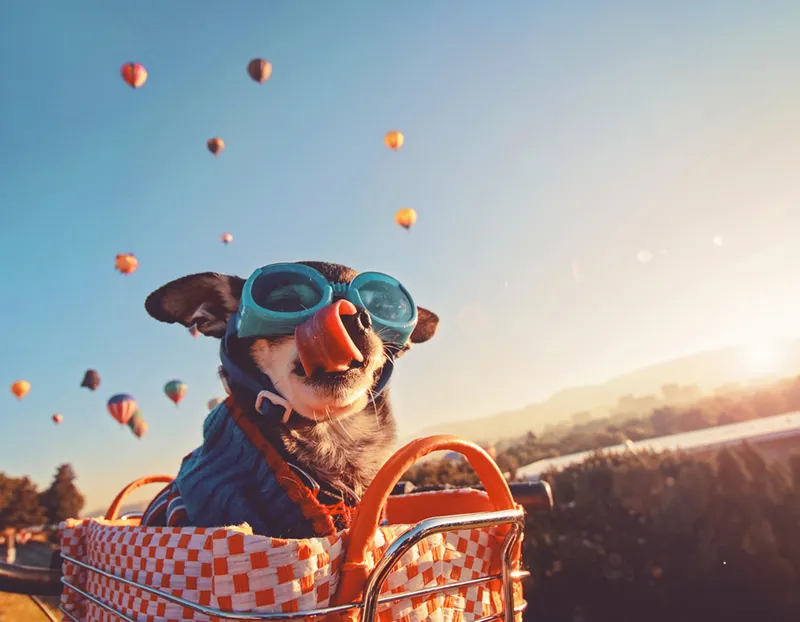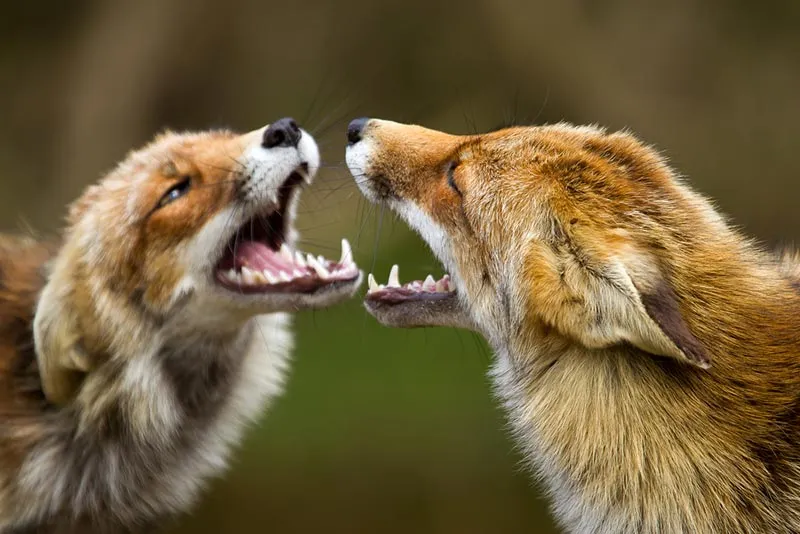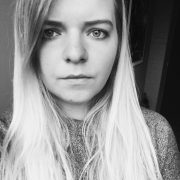Staying True to My Vision: Interview With Pierpaolo Mittica
Pierpaolo Mittica is a special guest of ours, a photographer that took the photojournalism route and has brought to light topics that are hard to talk about and hard to accept. In his many journeys and adventures, Pierpaolo has acquired experience that allows him to freely talk about his career, and most importantly his mission.
In a more recent body of work, Pierpaolo traveled to Chernobyl, joining an illegal expedition to show us something we haven’t seen before. His portfolio of works spans to different dangerous parts of the world. Here is Pierpaolo’s incredible collection of images and a story worth sharing.
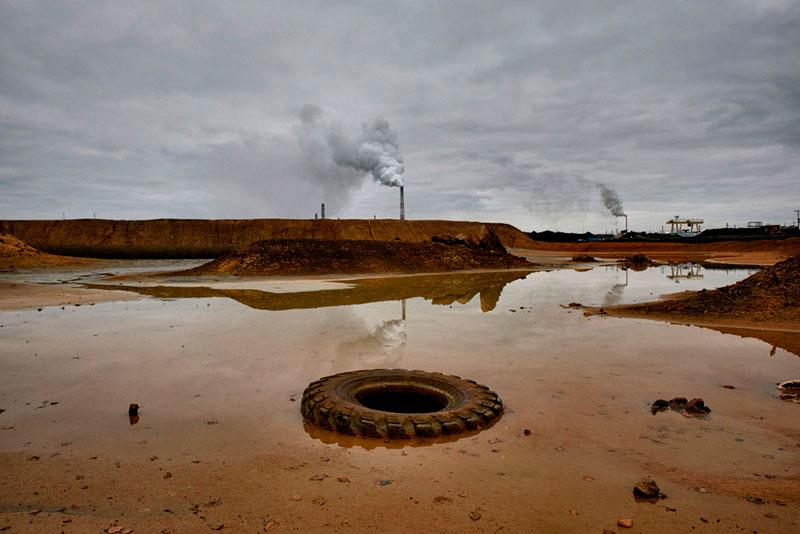
Tell us a little bit about yourself.
I consider myself a photojournalist who loves life and our world and hates injustice. For this reason, I tell stories related to the social environment. I try to give voice to those who have no voice and for over 15 years now I’ve been dealing with the environment and environmental disasters caused by man. Because I believe that the environmental emergency is the biggest problem facing humanity, we have only one Earth where we live and we are destroying it.

When did you know you wanted to be a photographer and what has your journey been like?
I started taking pictures at the age of 12, my uncle is a commercial photographer and during a vacation together in France he gave me a polaroid and told me: try it! Almost immediately, that started my passion for photography.
The first period of my life was concentrated more on travel photography, but on 1994 during a leisure trip in Vietnam, occasionally I went inside a slum and for the first time in my life. I saw with my own eyes a desperate situation that I always see on TV or report but never in first person. That’s shocked me and then and there I decided that photography is more important to tell the story of the life of other people rather than my own. In 1997 I went to the Balkans to documents the post war situation and there, I began my professional work.
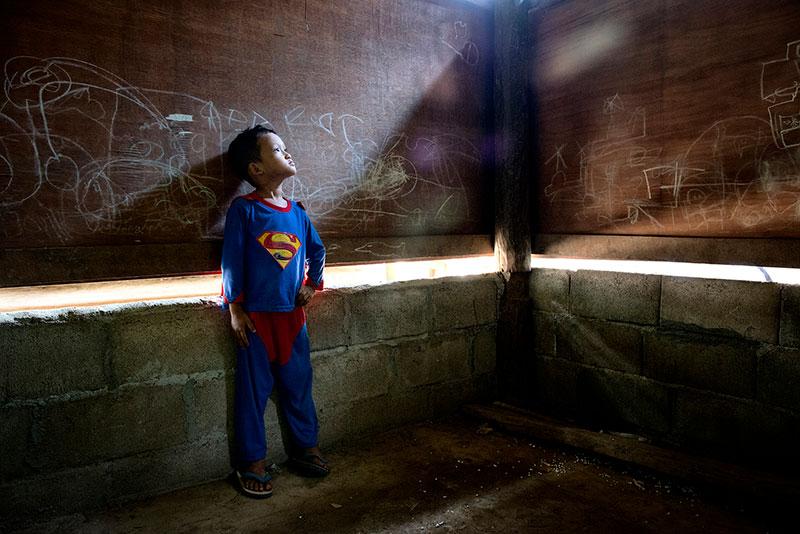
What have been some of the obstacles or challenges you have faced in your career?
Working with social and environmental issues is for sure very difficult for your personal safety, you’re faced with things like radioactivity, pollution, gases etc. Also, every time you “touch” a sensitive topic like pollution and the like, there are people or governments that don’t want you documenting some topics.
I was arrested several times in Russia, Belarus, and other places and every time you don’t know if you will be back home or not. But this is the work of a photojournalist and at the end it could be strange but it is the “easiest part” of the job. The hardest part is dealing with photo editors, editors, magazines, curators, the people who will consider your work and would publish it. Because most of the time you have to “fight” to have the right payment for your job, or the right recognition. It is easier to deal with the Russian police than a photo editor or magazine.
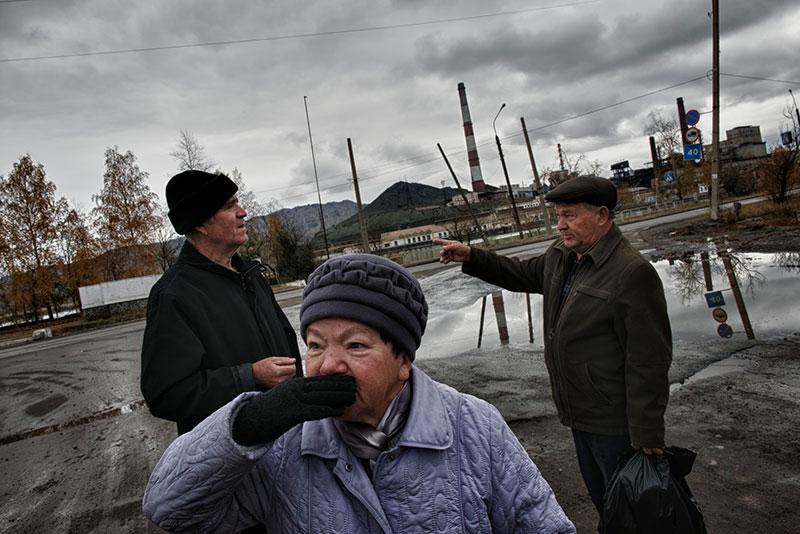
How important is gear for professional photographers and would you say it makes a difference to a career?
If you are a talented photographer, gear is not important. I mean also an Iphone is enough, but today in the field of reportage there is a huge number of “competitors” and talent is not always enough. You also need maximum quality from your files and different points of view (a drone for example). So the gear actually is becoming more and more important.
What does photography mean to you?
Photography is my life. I feel freedom when I have my camera on my hands and I can show what I feel and express myself. It is your inner world that comes out and creates a link with the external world.
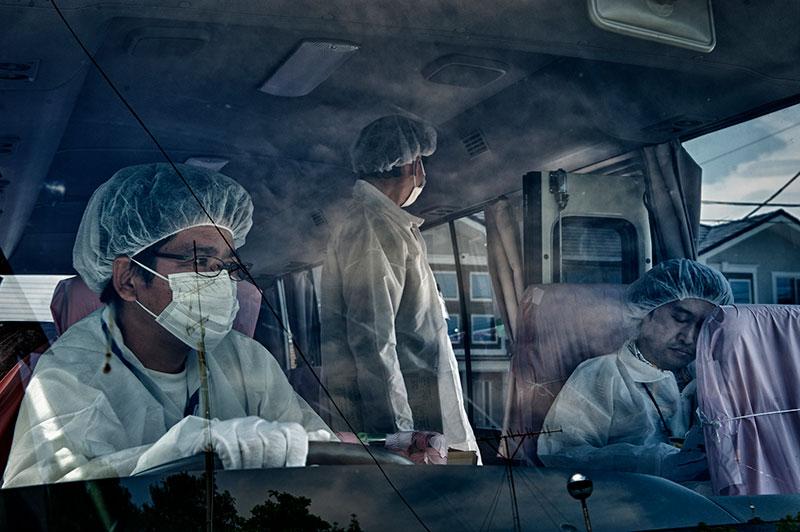
What are some of the things you hope your audience will take away from your work?
I hope that through my work people start reconsidering the importance of our world, our Earth, the only place where we can live. And that everyone can do something to help our mother Earth and other people.

What do you consider your biggest success in your career so far?
When people, after looking one of my projects, tell me: “I never heard about that! thank you very much for opening my eyes and showing me that”. I consider information, and try to give correct information to the people, the essential part of our job. That’s our goal.
What makes a memorable photograph, in your opinion?
There are 3 points in a photo that makes it memorable:
1) The document: show and document a really interesting situation
2) Composition and beauty of the photo. That’s really important because through the beauty of the picture you can reach a huge audience of people, also people that are not particularly interested in that topic, but they could be interested if their attention is captured by a “beautiful” shot
3) The soul of the photographer. That is the most important part, when you can give your personal view and everyone can recognize your personal point of view or your style.
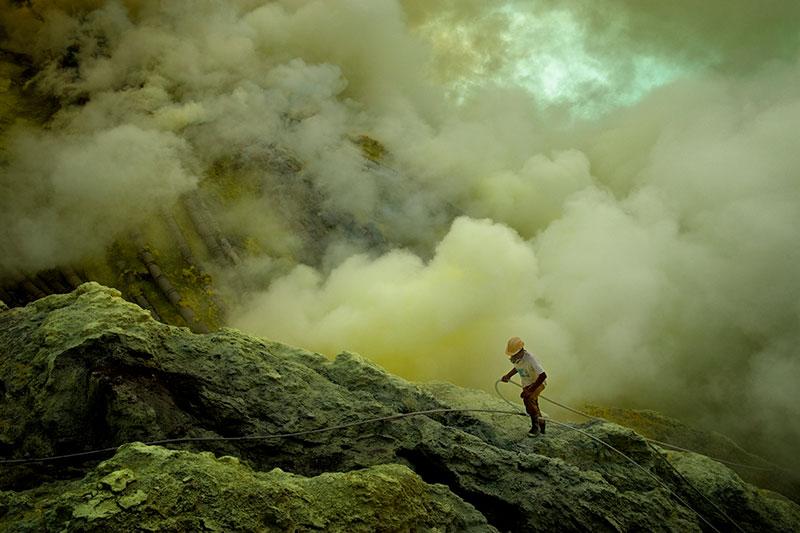
Have you traveled much throughout your career? What are some of your favorite locations that you’ve shot?
This kind of job is also beautiful because you travel a lot. I traveled a lot in Asia and ex soviet union countries and I think one of my favorite places to photograph is the ex soviet union area, because there are a lot of “uncommon” and incredible situations to document
What do you think are some clichés in photography right now that you steer away from yourself?
I don’t want to follow the “fashion of the moment”, I’m trying to always have my style and to be myself. I see lot of times that when something “works” (in a commercial view) like staged portraits, or square format, lot of photographers follow the “fashion” just simply to be published or to win a contest.
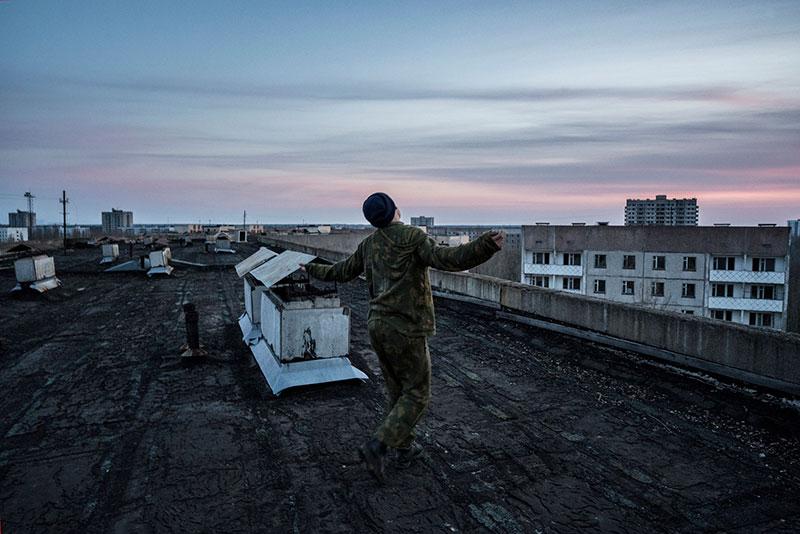
Do you have any early stage projects right now? What can we expect from your portfolio in the near future?
I’m currently working on a long term project named “Living Toxic”, it’s about the most polluted areas of the world, where radioactivity, heavy metals contamination, smoke and toxic gases and chemical pollution are destructive. Day after day, destructing the life of the ecosystem and of living beings inhabiting it, creating global warming and affecting climate change.
The project focuses on the social, environmental and health costs of the most serious environmental disasters occuring in the world, and the wrongful over exploitation of Earth’s resources.
What is some advice that you would give yourself if you were to do it all over again?
It depends. If you want to achieve great personal success, you don’t have to be so ethical and focus more on PR than photography itself, but it is not my aim in my life. I photograph because I need to photograph, I photograph because I love photography and the possibility to give light to stories and people that need to be brought to light. So the only advice I consider is to be honest with yourself and the people you meet.
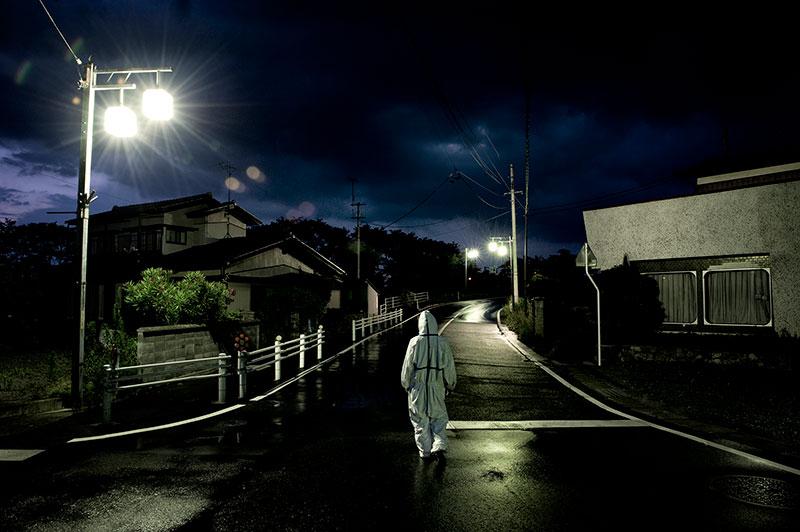
What do you think will be the future of photography in about 20 years?
I think there are many great journalists around the world today. Photojournalism as a field is quite rich I would say. That being said, photojournalism as it is is becoming the fault of the market. Unfortunately, the magazines pay less and often offer free jobs as if the photojournalists do not have to pay rent, take care of bills, the costs of travel to document etc. The quality often requested, especially in regards to the veracity of the information, is always lower.
I’m taken aback when characters, such as the case of Souvid Datta, with falsely made photos and with no ethics behind them, can be published by major international magazines. Moreover, after discovering the scheme, these characters continue their career which becomes heightened and better than before. There are now many cases like this, not just this one. This makes me realize that by now the world of photojournalism from the editorial side has come to an end and if there won’t be a turning point (above all an ethical one), it will completely die out.

Lastly, could you tell us the story behind your new project about Chernobyl, The Zone?
There’s a new risky activity going on among Ukrainian youngsters. Some of them in fact have recently started to illegally enter the Chernobyl Exclusion Zone, in the centre of which there is the infamous Reactor 4 that exploded in 1986, making the area one of the most contaminated in the whole world. They are referred to as “Stalkers”, a name coming directly from Andrei Tarkovski’s film “Stalker”, a cult movie dated back in 1979. It’s also a reference to a survival-horror video game released in 2007 and set right into the Zone named S.T.A.L.K.E.R.
Chernobyl’s Stalkers have developed a proper veneration for this specific area, which they consider as a post-atomic private home. They are organized in paramilitary groups with names, symbols and rituals, while enjoying a dangerous trip to reach their final destination: the ghost town of Pripyat.
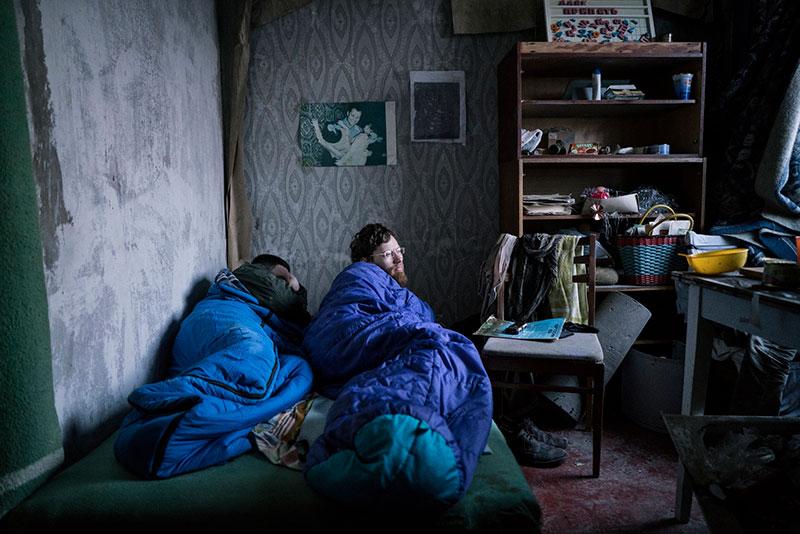
In order to get there, they have to walk about 60 kilometers through the woods – mostly by night to avoid the police patrolling – between nuclear radiation and wild animals. During their journey, they usually sleep in abandoned villages, eat canned food and drink the water they find along the way, dirty and contaminated.
Together with the movie director Alessandro Tesei and I, we joined a group of these “Stalkers” and went illegally in Chernobyl’s exclusion zone, filming one of the most incredible and adventurous trips ever made.
The film is produced by the independent italian movie production company Subwaylab.
To support Pierpaolo Mittica’s crowdfunding campaign for this project, please visit this page. You can find out more about the artists and his projects by going to his personal website.




